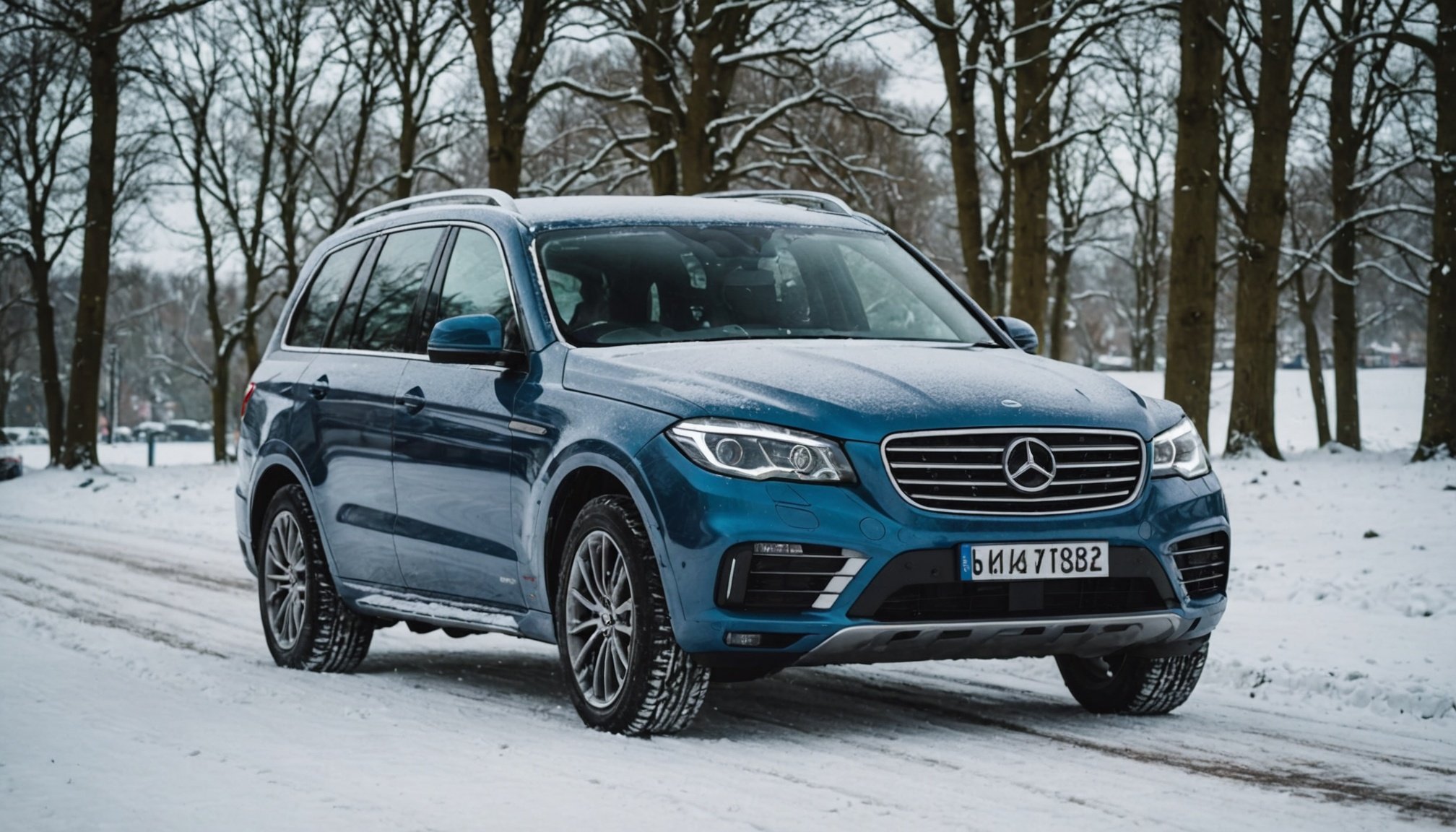When the UK heads into the colder months, the winter weather can have a considerable impact on your vehicle. A combination of cold temperatures, icy roads, and corrosive salts can wreak havoc on your car, causing everything from engine problems to tire blowouts. This is why it’s essential to winterize your vehicle. But what does winterizing your car entail? It involves taking several steps to ensure your car is ready for the harsh winter conditions it’s about to face, from checking the battery to topping up the fuel. Here are the steps you should take to winterize your vehicle in the UK.
Check and Change Your Oil Regularly
While oil is crucial for your vehicle’s engine throughout the year, it becomes more so in winter. This is where the oil plays a significant role – it lubricates the engine, keeping it running smoothly even in colder temperatures. During winter, your engine will require oil with a lower viscosity, which will flow more easily in colder weather.
In the same genre : How can maintaining your vehicle’s AC system improve overall safety?
Your vehicle manual will indicate the right type of oil for your car during winter. If you’re unsure, consult a mechanic. They can help you choose the right oil based on your car make and model. Remember, changing your oil regularly will keep your engine working at its best, even in harsh winter conditions.
Keep the Battery in Check
Car batteries tend to suffer a lot in the cold. Starting your car in cold weather can take up to twice as much current as starting it in warmer weather. That’s why it’s paramount that you check your battery before winter sets in.
Also to discover : How often should you replace the air filter in a diesel truck?
Start by cleaning any corrosion from the terminals and cable ends. Ensure the battery is securely mounted and that all connections are tight and secure. If your battery is more than three years old, it’s advisable to have it tested by a professional. If the battery is not holding a full charge, you should replace it to prevent being stranded in the cold.
Inspect Your Tires
Tires are another important aspect of winterizing your vehicle. You need to ensure they are in good condition and have enough tread to handle slick roads.
Check the tire pressure regularly – cold weather can cause tires to lose pressure quickly. Adjust the tire pressure as required, according to your vehicle’s owner manual. Additionally, consider investing in winter tires. They provide better traction than all-season tires, which can be especially beneficial if you’re driving in areas where snow and ice are common.
Keep Fuel and Other Fluids Topped Up
Keeping your fuel tank full (or at least half full) can help prevent the fuel lines from freezing. It also ensures that you won’t run out of fuel in case you get stuck in a snowstorm.
Apart from fuel, the other fluids in your vehicle should also be checked and topped up. This includes your windshield washer fluid, which should be a winter blend to prevent freezing on the windshield, and your antifreeze, to ensure your engine doesn’t freeze.
Cover Your Vehicle and Keep Emergency Supplies
When not in use, keep your car covered. This protects it from the elements and makes it easier for you to get going in the morning since you won’t have to spend time scraping ice or snow off the vehicle.
In addition to these preventive measures, it’s also a good idea to keep an emergency kit in your car. This should include items like a flashlight, blanket, first-aid kit, bottled water, non-perishable food items, and a shovel. While these items won’t prevent problems, they can be invaluable should you find yourself stranded in your vehicle in cold weather.
In conclusion, winterizing your vehicle involves preparing it for the harsh conditions it will face in the colder months. It includes everything from checking and changing your oil to keeping your fuel and other fluids topped up. By taking these steps, you can ensure that your vehicle is ready for winter, helping you to stay safe on the roads.
Prepare Your Windscreen and Wipers
Your car’s windscreen and wiper blades are important for maintaining visibility during cold weather and winter driving. When preparing your vehicle for winter, don’t forget to give these two elements some attention.
Start by checking your wiper blades for any signs of wear and tear. If they’re not clearing the windscreen effectively, it may be time to replace them. During winter, consider investing in winter-specific wiper blades. These are designed to handle heavy snow and ice better than your standard blades.
Also, remember to keep your windscreen washer fluid topped up. In winter, it’s advisable to use a fluid with antifreeze properties to prevent it from freezing on the windscreen. This not only ensures clear visibility but also protects your washer system from potential damage caused by frozen fluid.
Lastly, apply a water repellent product on your windscreen. This helps to repel rain, sleet, and snow, further improving your visibility. In addition, it makes the job of your wiper blades easier, especially when dealing with heavy snowfall.
Indoor Car Storage and Breakdown Cover
If you have the option, storing your car indoors can protect it from the harsh weather conditions. Indoor car storage not only shelters your vehicle from snow and ice but also keeps it at a more consistent temperature, which is beneficial for your battery and other components.
When parking your car outdoors is inevitable, cover it with a good quality car cover. This helps to keep snow and ice off your vehicle, making it easier to get going in the morning.
Apart from taking preventive measures to winterize your car, it’s also crucial to have a breakdown cover. Winter conditions can be unpredictable, and despite all your preparations, breakdowns can still occur. A breakdown cover ensures that you get prompt assistance, minimizing the impact of such incidents on your plans.
Conclusion
Preparing your vehicle for the UK winter is not a task to be taken lightly. From regularly changing your oil to keeping an eye on your battery, from inspecting your tires to maintaining your windscreen and wipers, each step is critical in ensuring that your car is ready to face the winter conditions.
Remember to keep your fuel and other fluids topped up and consider indoor car storage or a quality car cover to protect your vehicle from the elements. Also, having a breakdown cover can be a lifesaver in case of unexpected breakdowns during harsh weather.
Moreover, always carry an emergency kit in your car. In the event you find yourself stranded, having essentials like a blanket, first-aid kit, bottled water, and non-perishable food items can make a significant difference.
By taking these steps, you’re not only winterizing your car but also taking proactive measures to ensure your safety on the road. So, before the cold weather sets in, make sure your vehicle is well prepared and ready to face the frosty winter months.











